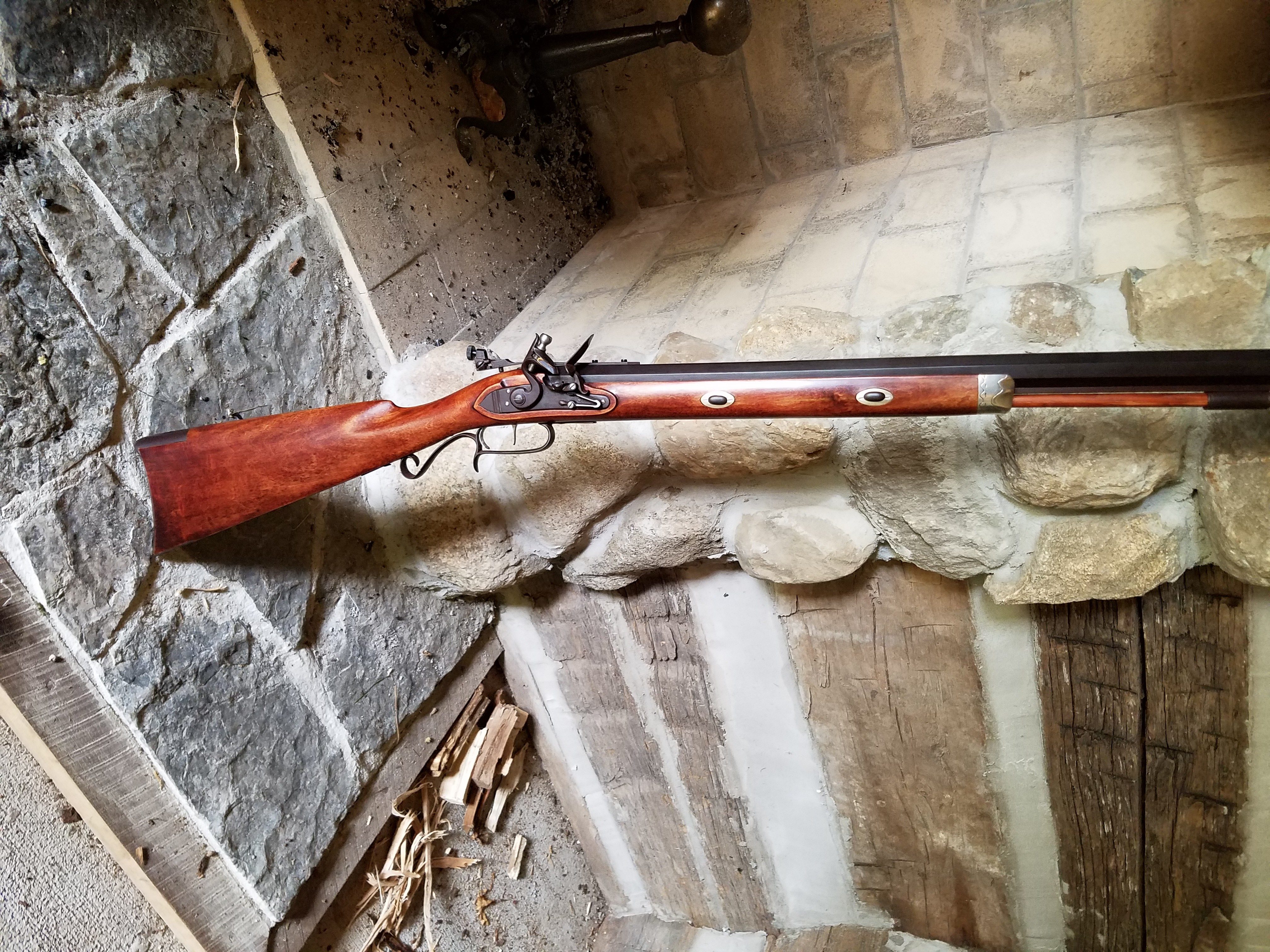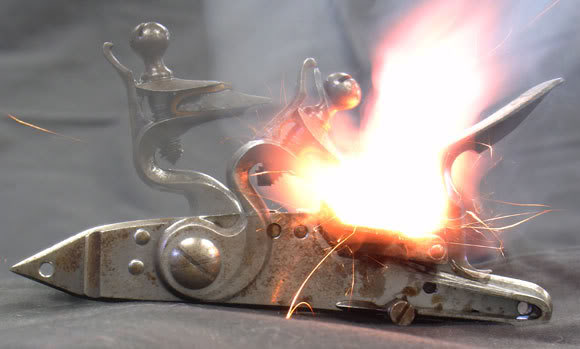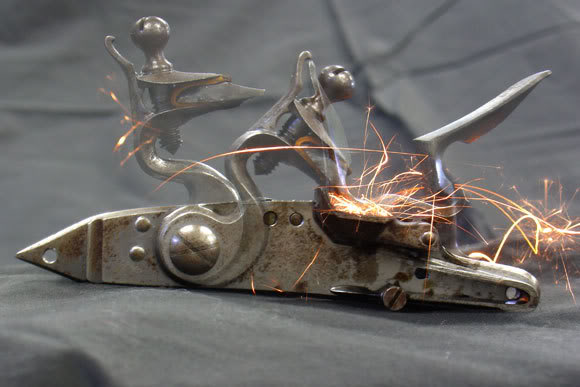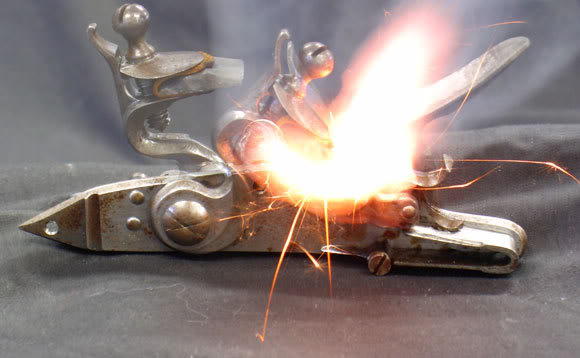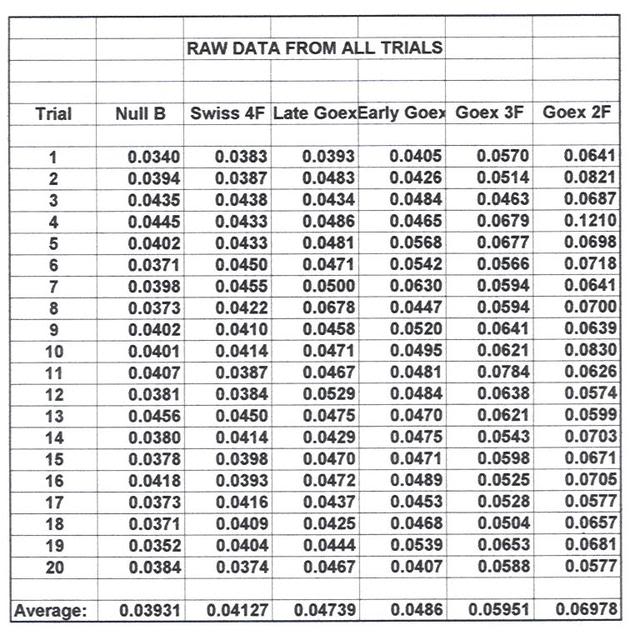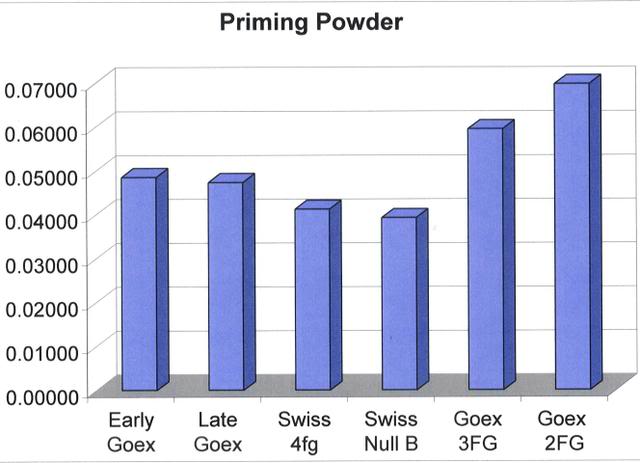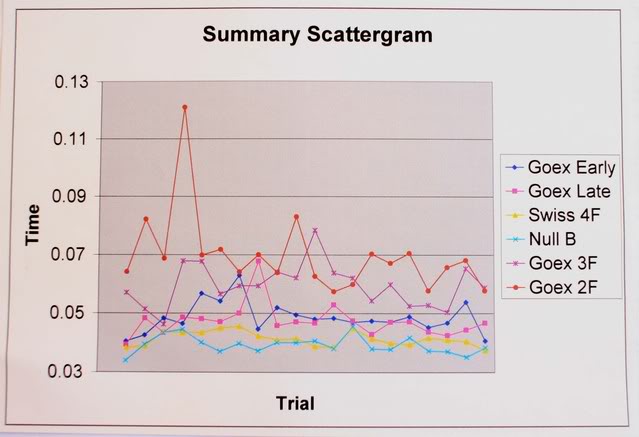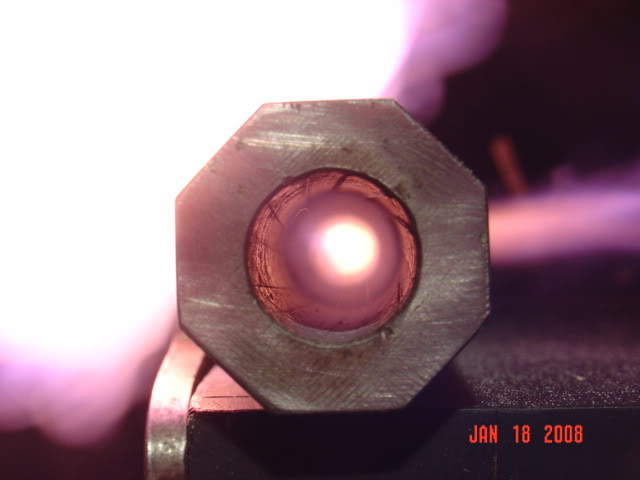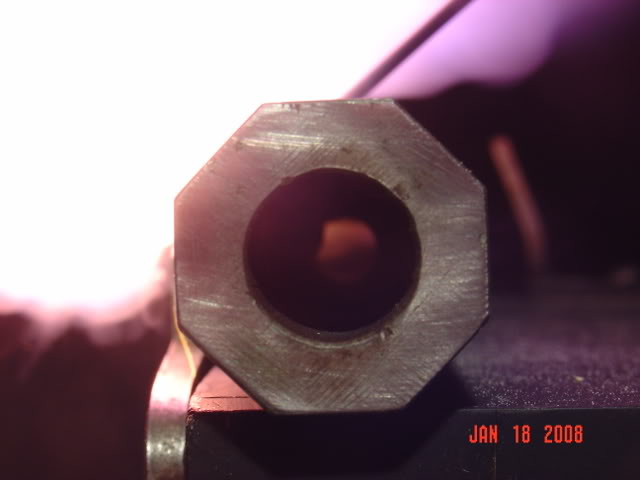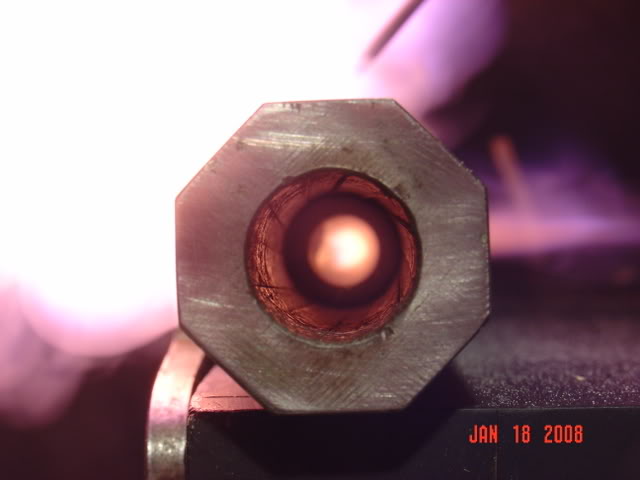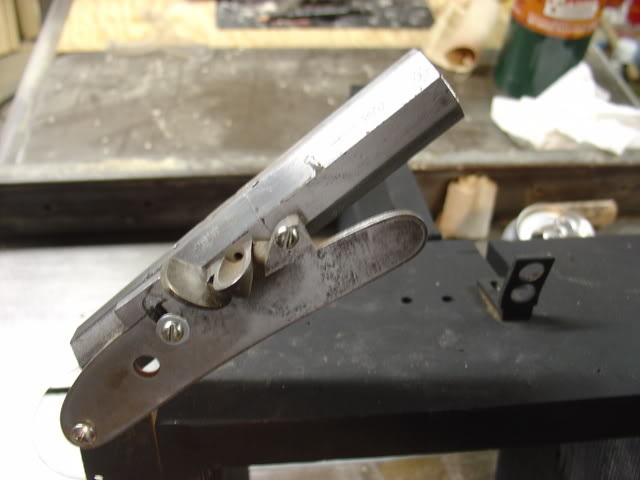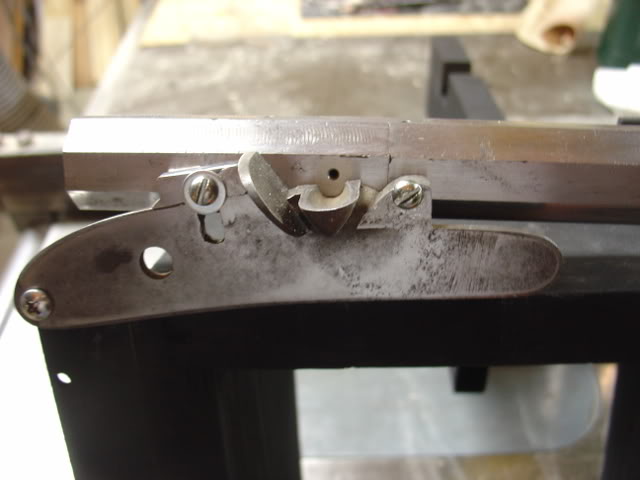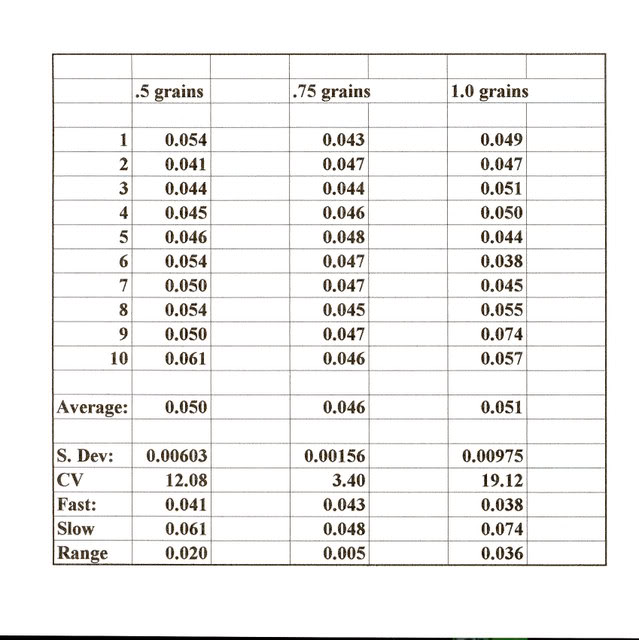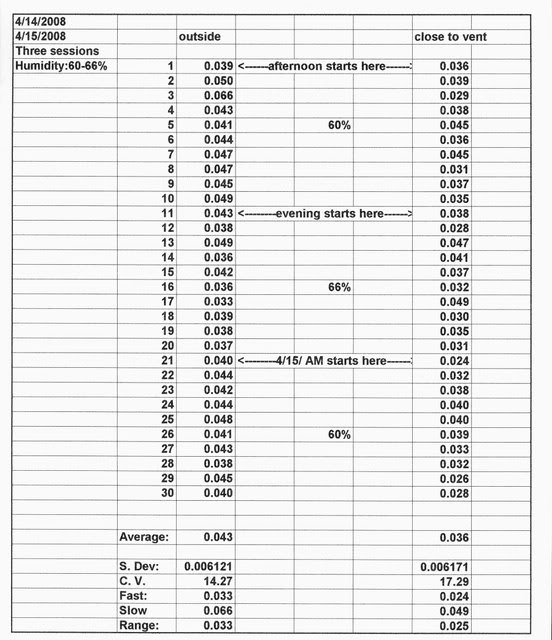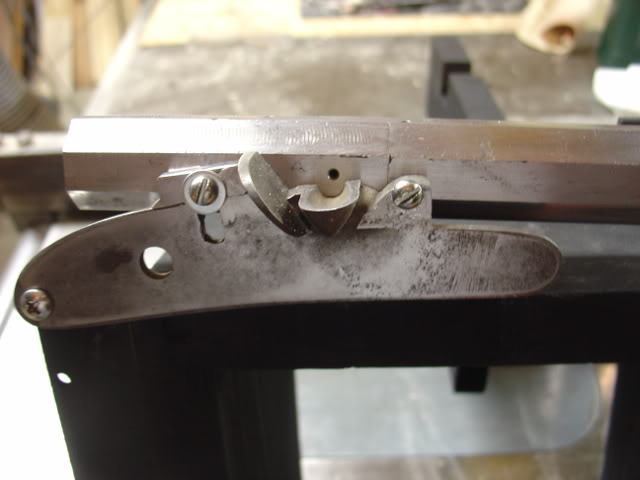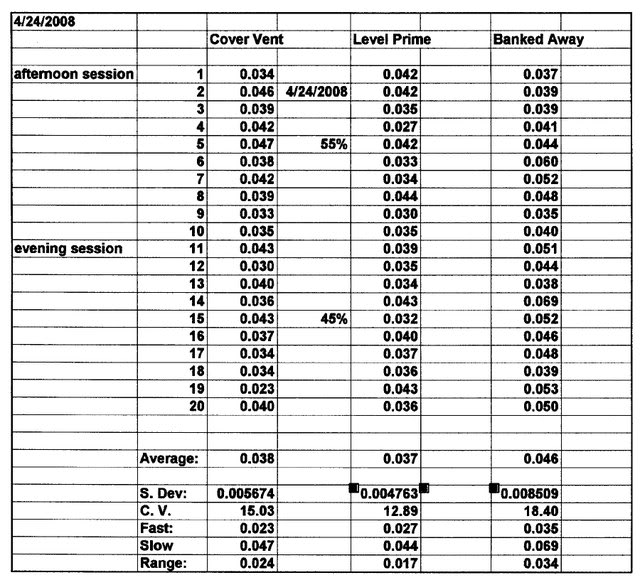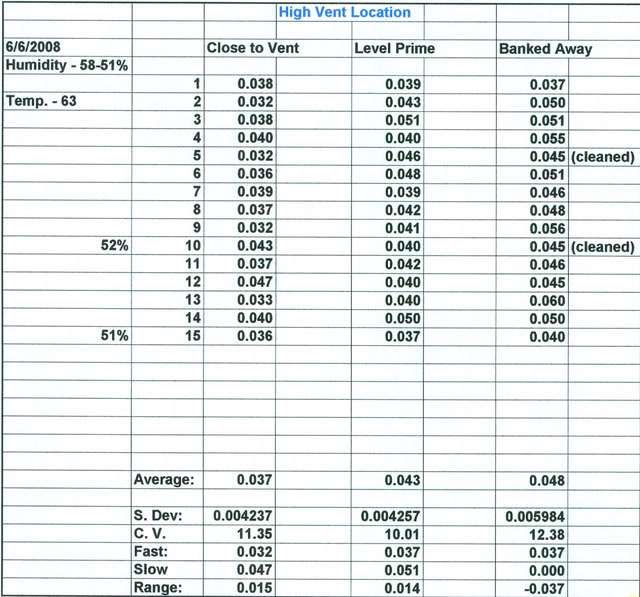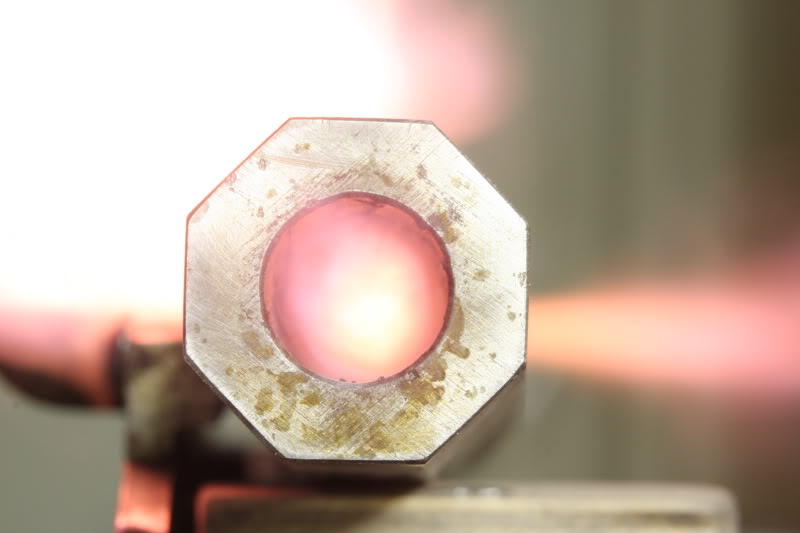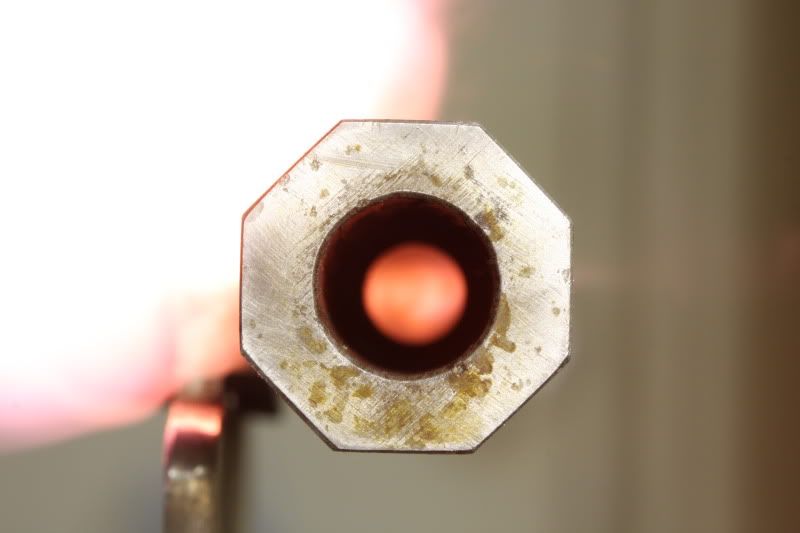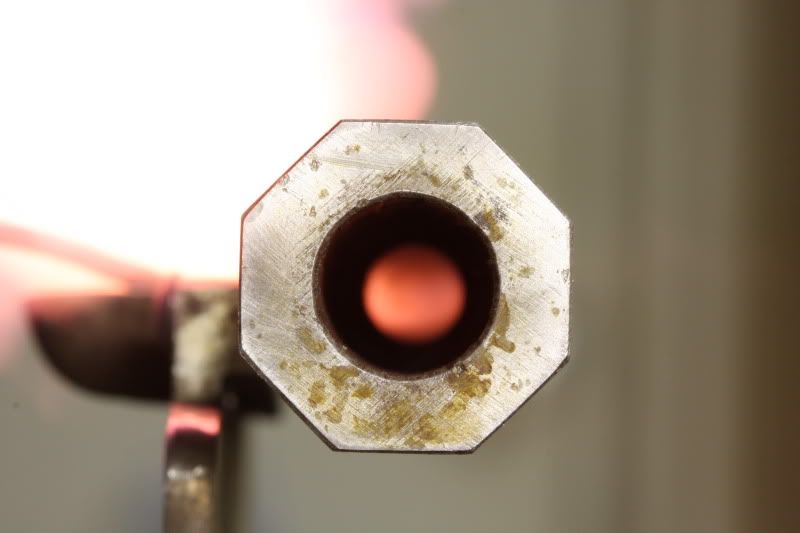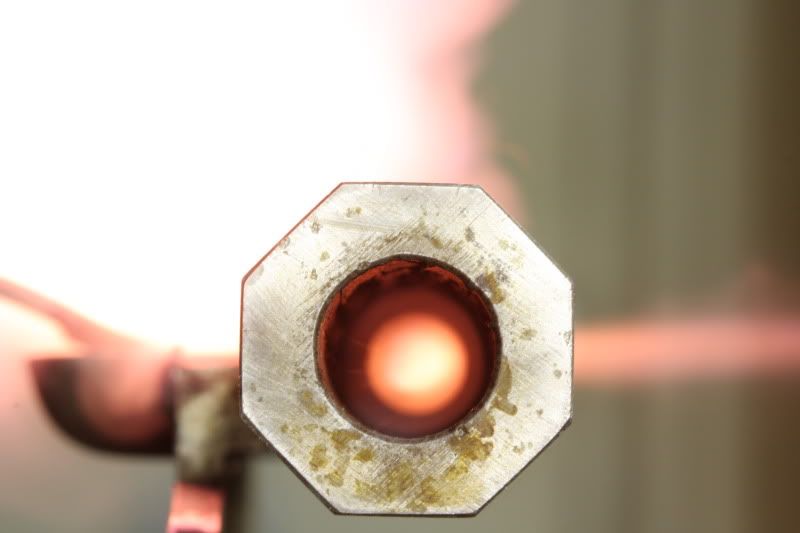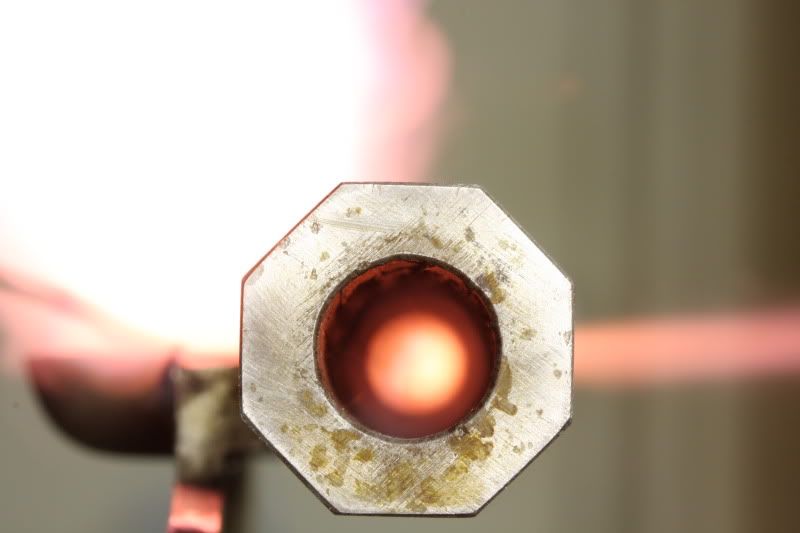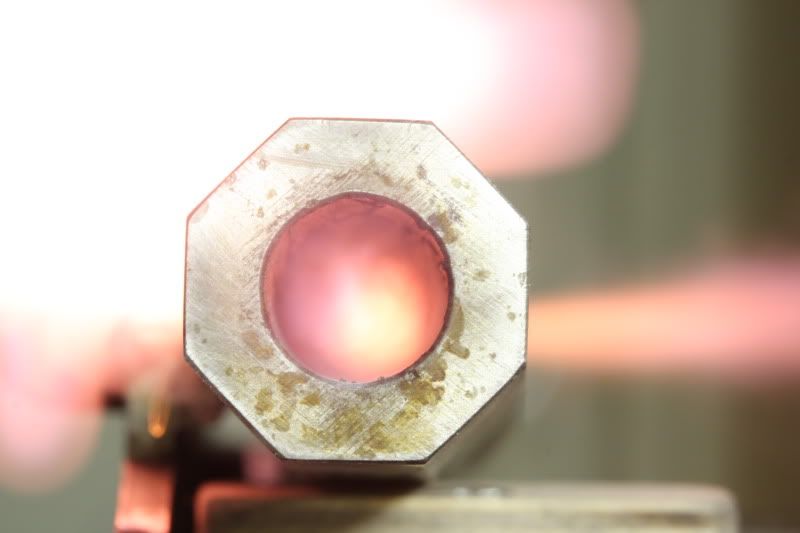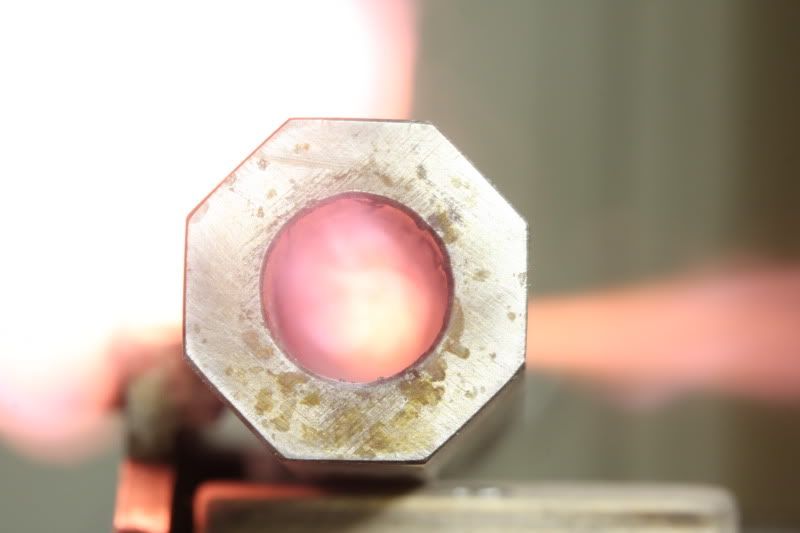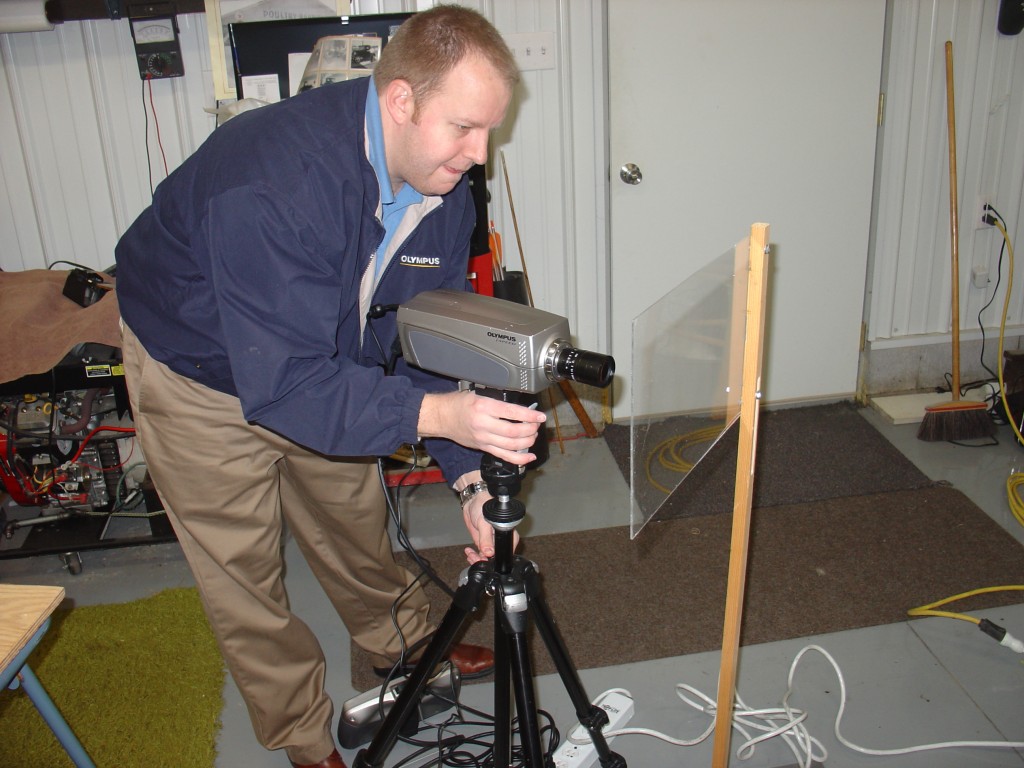The history of this rifle began years ago when my friend Rick Shellenberger in Colorado cleaned out an old muzzleloading shop. Among other items, he brought home 2 Sharon .58 caliber rifle barrels. Both were rifled at 1 turn in 72 inches. These barrels have eight lands and grooves. Rick kept one barrel and gave the other one to me.
Back in Indiana, years passed until I began collecting parts to complete the rifle. My friend Steve Chapman gave me hard maple rifle stock. It was a half stock with a 1 inch barrel channel and a mortice cut for an L&R lock. Steve suggested we look for an L&R lock that matched the mortice, and both of us like Davis triggers. I bought parts at the Friendship spring shoot, and Steve took them back to his shop.
Steve knew that time wasn’t a factor, and had a number of other gun-making projects to finish ahead of mine. When he began to work on the gun, a couple decisions were made. One decision was to use Tom Snyder’s vent coning tool to make the vent. This process consists of drilling a 1/16″ hole, inserting Tom’s threaded pin, and installing the cutter through the open breech. We used a cordless drill to cut the internal cavity. The cavity is very similar to Jim Chamber’s vent liners.
The barrel was shortened to 32 inches as stock proportions were considered. Considerable wood was removed to give the rifle much better lines. Steve poured a very nice pewter nose cap. A removable aperture rear sight was used to help a pair of 70 year old eyes.
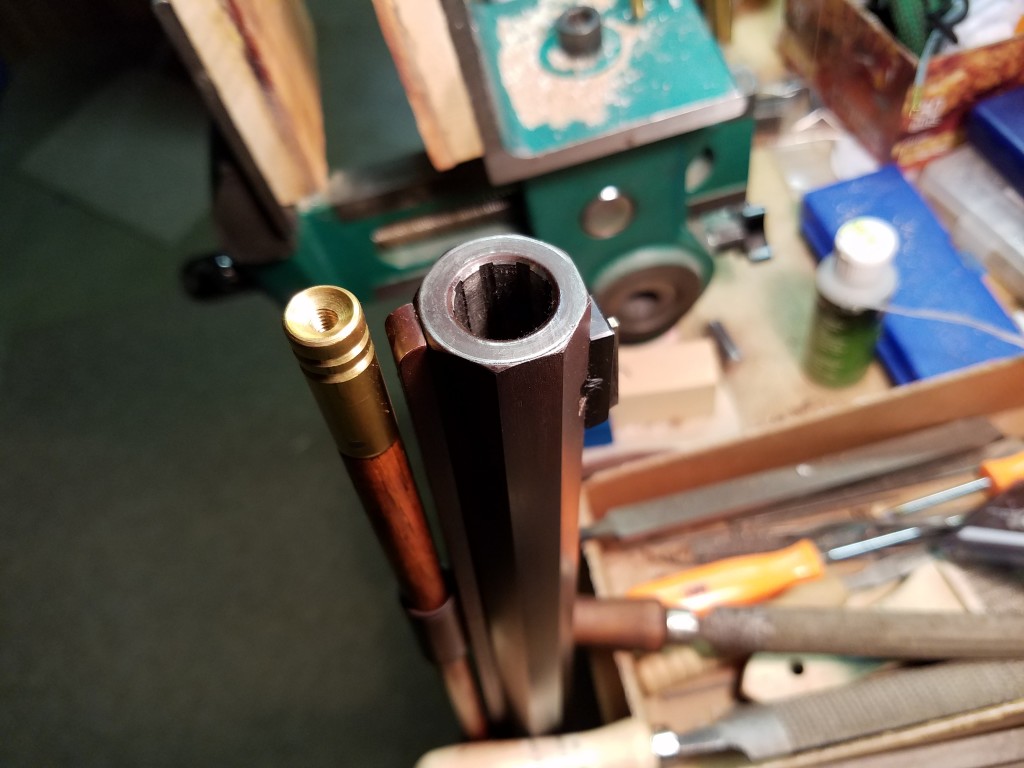
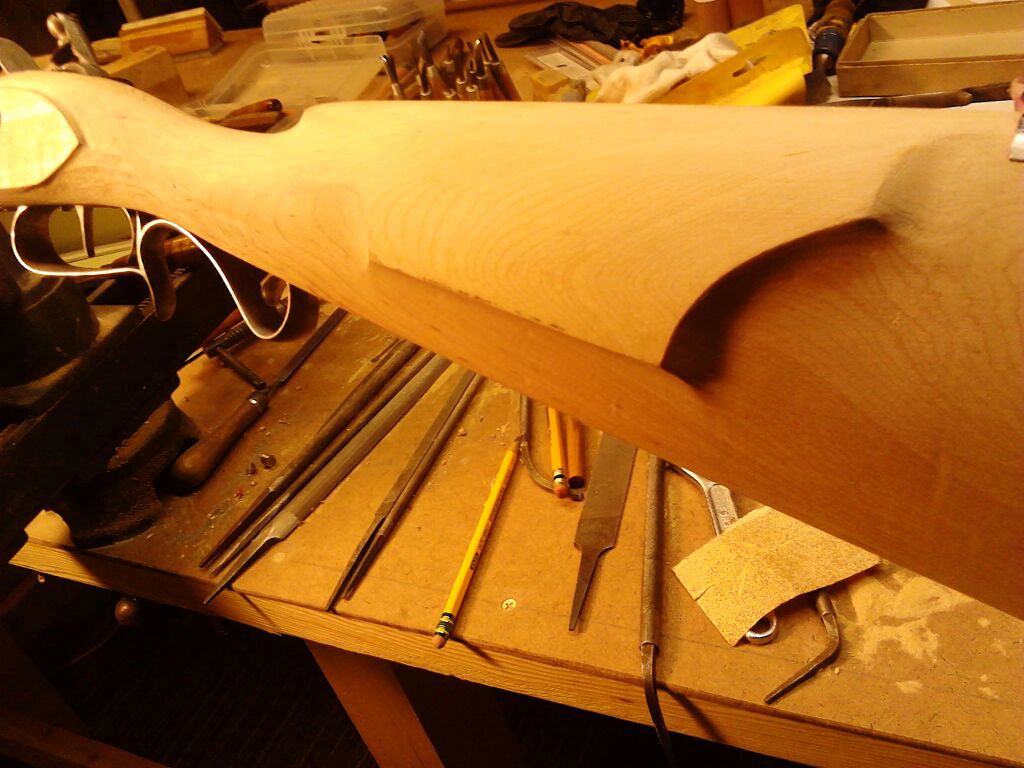

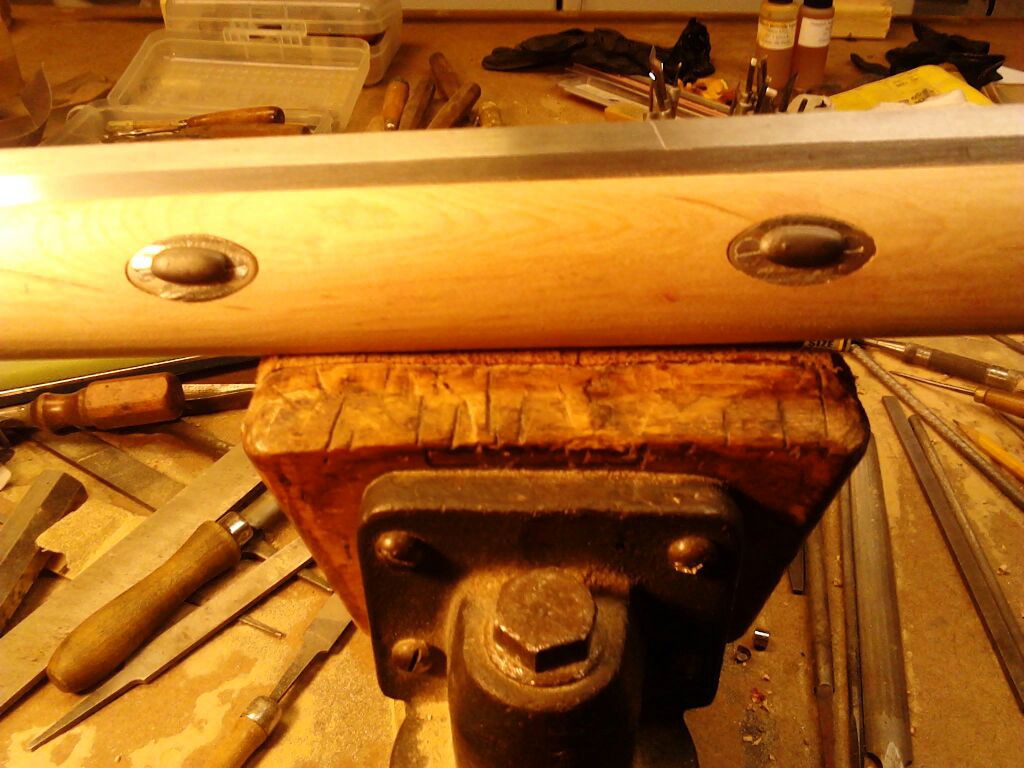
The finish used on the stock was a mixture of stains that Steve likes, and I like the way the stock turned out. I didn’t quiz Steve on the exact mixture, but I know that it was a mixture of Homer Dangler’s stains.
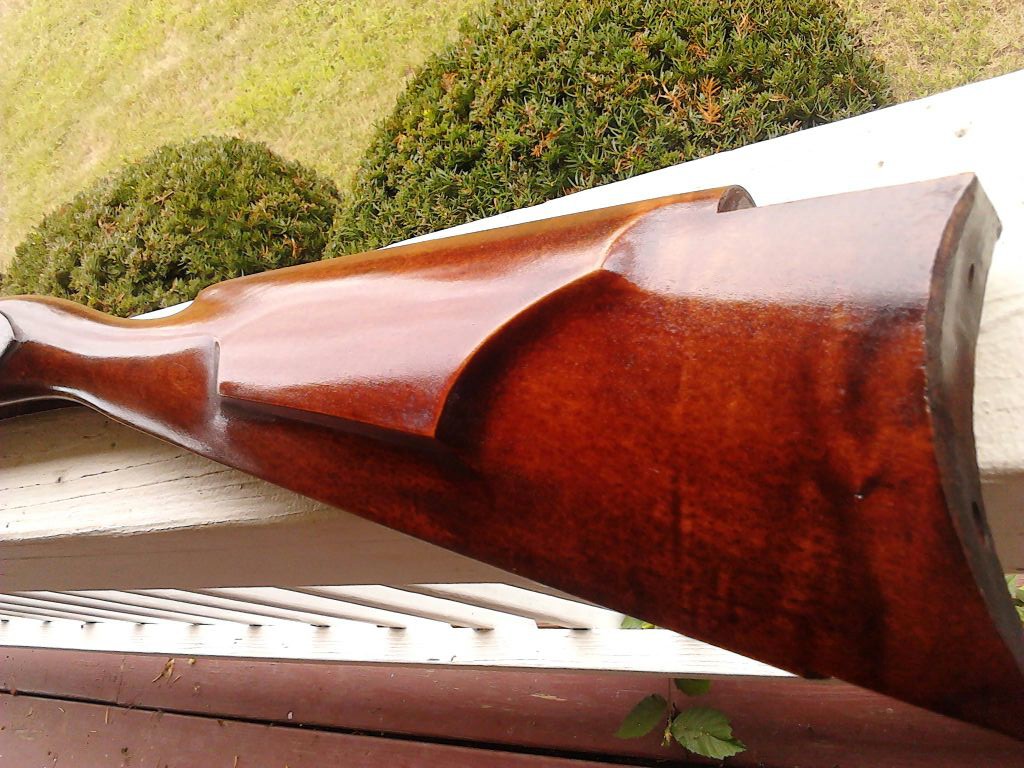
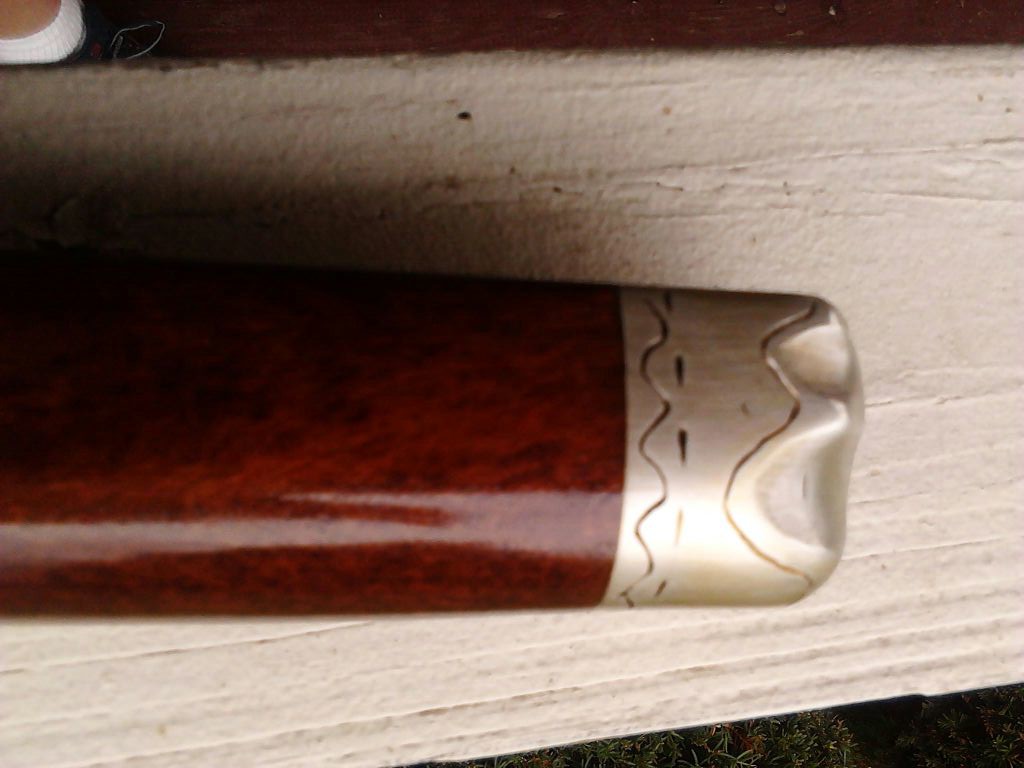
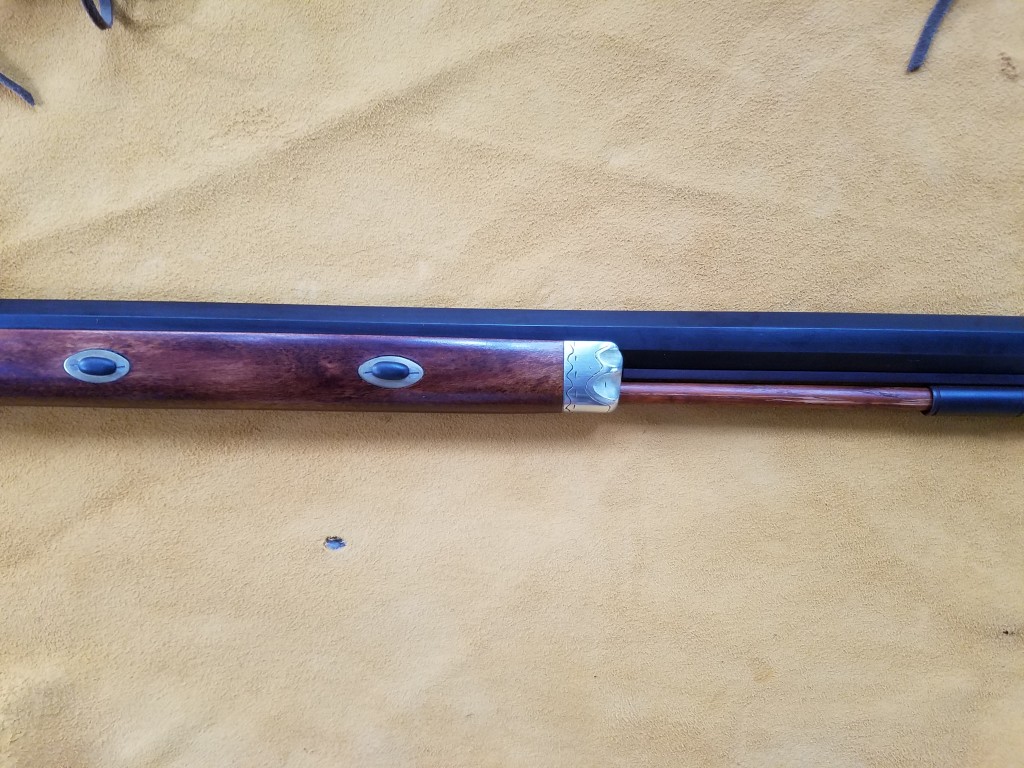
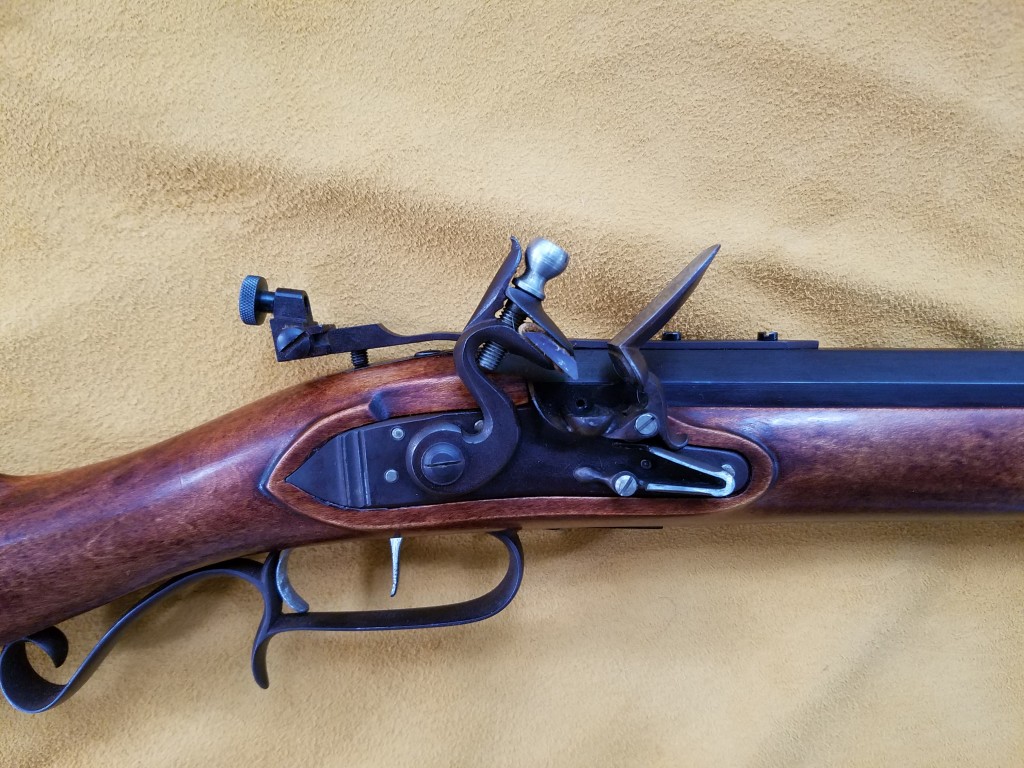
When the rifle was finished, we went to the Stones Trace range to sight it in. With the rifle shooting to point of aim, we played with powder charges. A Swiss load of 90 grains of fffg gave us almost 1700 feet/second. I expect that a load of ffg may be found that will give similar velocities with less pressure. At this writing, I expect to experiment with different powder brands and grain sizes. Right now it is a potent rifle at both ends.
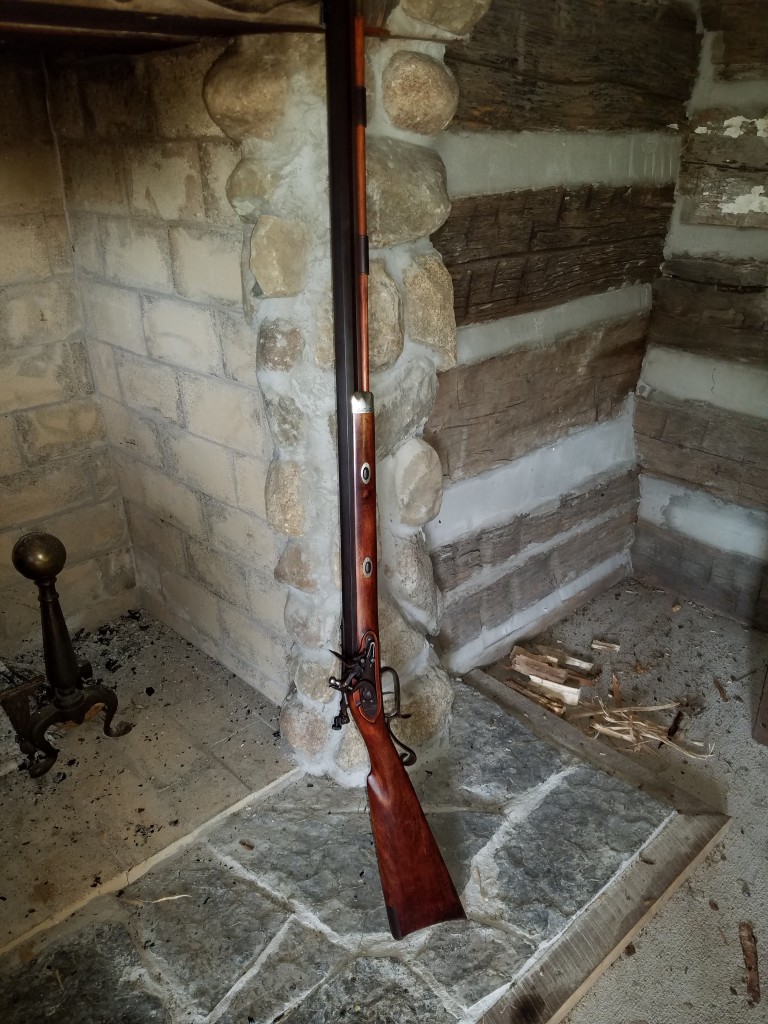
As we finished up our chronograph session, Steve said, “ Since this gun puts the ball at the top of the front blade, you could head shoot squirrels with it, or bark them.”
I said, “Well maybe not with 90 gr. of Swiss fffg.”
“Yah,” Steve said. “Wonder what it would do with a squib load, like maybe 30 gr.”
So, we chronographed a 30 gr. Swiss load of fffg. This load drove the 280 grain ball an average of 870 fps. Maybe we need to think lower for a squib. On a whim, we also clocked a load of 30 gr of Goex. It averaged less than 500 fps. This does seem more squib-like.
As a side bar, my friend Rick in Colorado stocked a rifle with the other .58 barrel that I mentioned at the beginning of this post. Rick wanted to recover a ball to see how much it expanded. During my time visiting him, we filled a garbage can with water and fired a 90 gr ffg load down into the can. The garbage can split down the side, but we did recover the ball. We taped the can together as best we could and fired a .58 cal. mini ball. Below is a pic of the expanded ball with the mini ball before and after. These rifles will make a big hole in about anything in North America. If my health and physical condition permitted, this would be the gun I’d use for elk.
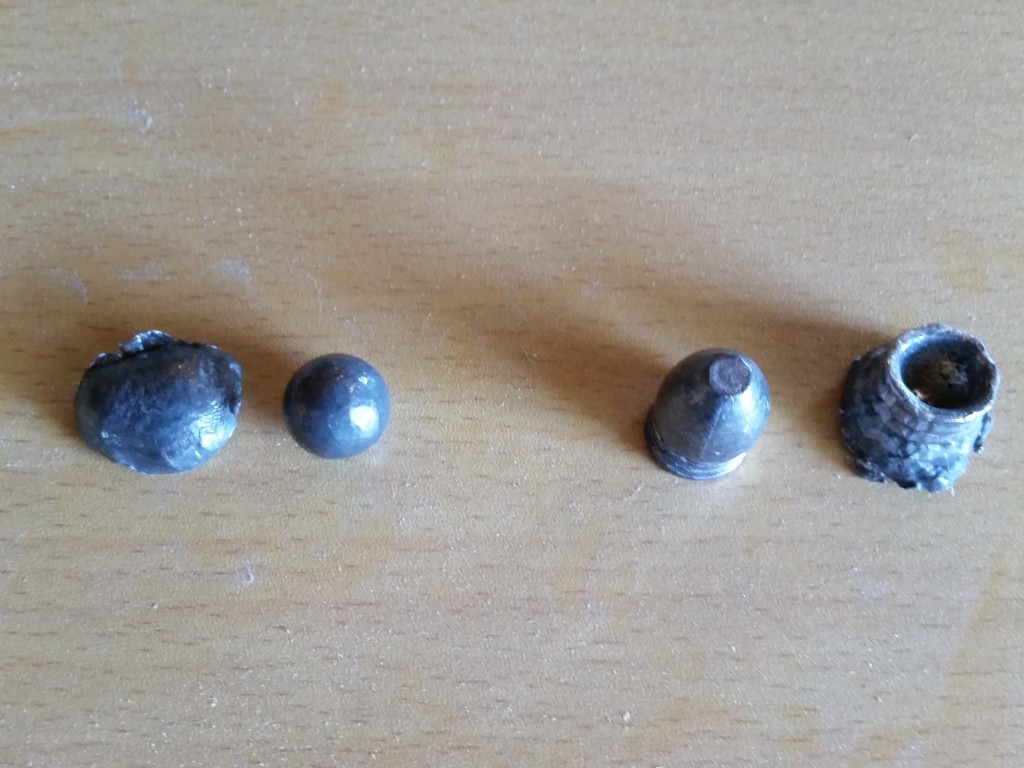
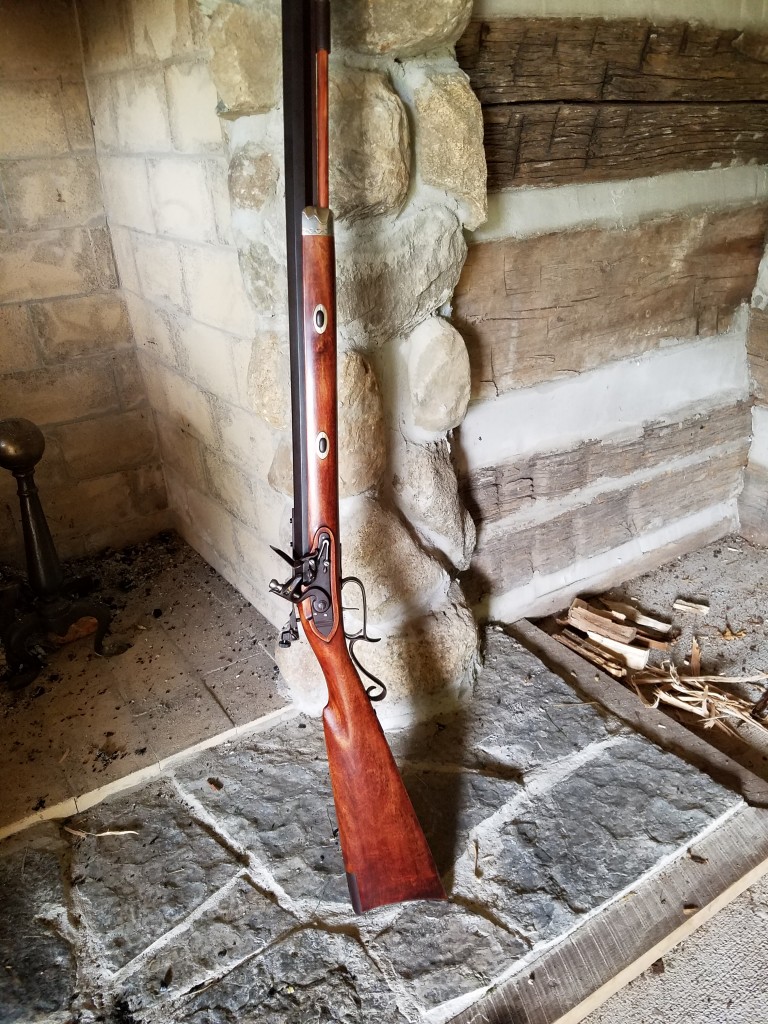
Back here in Indiana, Steve and I will need to do some form of Rick’s water experiment. We haven’t decided what we want to destroy, but it will be something filled with water.
Steve Chapman is a close friend with rifle-making and machinist skills. We have worked on many projects and experiments together. Whenever a project needs more hands, Steve is the person who helps. He usually pulls the trigger in any test that measures accuracy. While we both fired this gun for accuracy, Steve’s shooting skills have been necessary in many of our experiments. Steve’s many skills have been a benefit in many of these experimental articles.
Future tests, thoughts,etc
Thought: We might learn more from a different water test. We’re thinking of a row of milk jugs filled with water. A .308 is caught in the fifth jug. We think the .58 will do better.
Also: Build a water box to hold 1 gallon plastic bags. With this setup we could repeat tests and compare different calibers and loads. Compare the 90gr ffg Goex load and the 90 gr fffg Swiss load.
